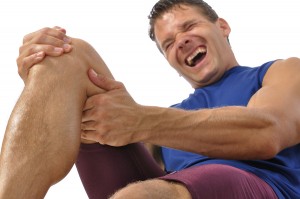
Muscle cramps are a fairly common occurrence for cyclists and we would be willing to wager that many of the people who are reading this article will have experienced them either during or after they have enjoyed a good cycling session.
They are an unpleasant experience at the best of times, so understanding why they occur and what you can do about them may help to make your cycling experience all the more enjoyable.
Why Do Muscle Cramps Occur?
There is a lot of speculation as to why Exercise Associated Muscle Cramps (EAMC) occur, but no definitive answer. However, there are a few common issues that are often pointed towards.
Proper Bike Fit
Many bicycle manufacturers and cycling technicians will tell you that one of the reasons such cramps could occur is that your saddle is a little too high for the bike. This leads to the rider overextending their legs when they are riding, which in turn puts undue strain on the muscles they are using and causes them to cramp up. Happily, assuming you visit a professional fitter, this is a fairly simple issue to remedy and one that you can look into without too much undue cost.
Nutrition
There are also a number of nutritional experts who will claim that, all other things being perfect, that a lack of magnesium and other electrolytes in your diet could be to blame if you are still experiencing cramps. A lot of sports drinks make a big deal about including electrolytes, so there is something of an industry built around the research, but it does seem to have some merit to it. As such, it is probably a good idea to keep a decent sports drink handy whenever you go out on a ride and to adjust your diet a little to make sure you are getting enough magnesium.
Many people have had great success with taking salt tablets in order to solve this problem, myself included. If you are continuously cramping it is well worth the shot.
Exhaustion
Lastly, the muscles are just purely exhausted. They are cramping in protest of doing any more work, a way of protecting the body. Perhaps you increased volume, intensity or duration more than usual and muscles are starting to cramp.
What Can I Do To Fix Muscle Cramping?
Based on the above, altering your seat height and your diet a little should help along with being adequately prepared for the ride ahead. There are a few other tips that you should follow that will also help:
Tip #1 – Stretch to Improve Muscle Cramping
Stretching is one of the most important, yet under-utilized, aspects of any exercise regimen. Not stretching can cause damage to your muscles if you try to push too hard without loosening up. Your muscles continue to contract and contract with no relief. You eventually become a tight ball of muscle waiting to cramp up.
Take the time to do a warm down as it is just as important as the warm up, take a little time to do a few leg stretches when you finish your ride.
Tip #2 – Keeping Hydrated Improves Muscle Cramping
Having a sports drink that is rich in electrolytes is usually a good start, but there is nothing wrong with just taking a bottle of water along as well. Dehydration can lead to muscle cramps, so be sure to keep a bottle of water handy so that you can take a few swigs whenever you start to feel a little thirsty.
Tip #3 – Build up Volume, Intensity and Duration Slowly
Want to avoid cramping? Don’t push it in to the red all the time. Make sure that you slowly build up to your cycling goals. Do not increase volume, intensity or duration more than 10% per week.
There is a lot of speculation out there, ultimately you know your body best. Find out which one of these works for you or perhaps it is a combination of all. Either way get out there and enjoy some cycling cramp free.
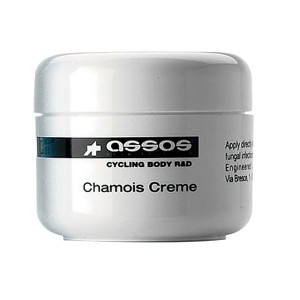 Chamois cream is one of those sorts of items that is slightly difficult to bring up in polite conversation, but can often still offer quite a valuable service to riders, particularly if they favour long distance riding and want to avoid issues with chafing.
Chamois cream is one of those sorts of items that is slightly difficult to bring up in polite conversation, but can often still offer quite a valuable service to riders, particularly if they favour long distance riding and want to avoid issues with chafing.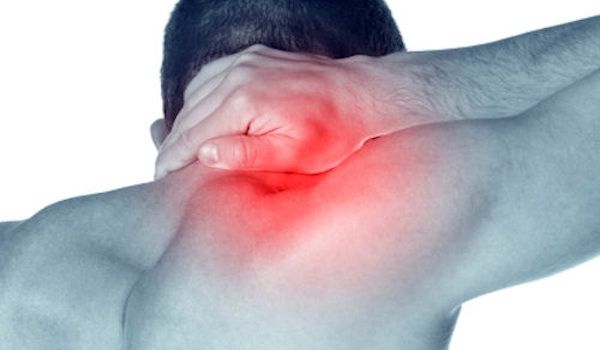 One of things that takes getting used to when you first start cycling is the neck and shoulder discomfort. Even an experienced rider who has taken a short hiatus, and is returning to a regular regime can suffer from these aches. Typically, the discomfort is localized in your anterior deltoids, upper trap muscles and neck extensors. This can be attributed to a few causes such as bike fit, head positioning when riding and tightness of aforementioned muscles.
One of things that takes getting used to when you first start cycling is the neck and shoulder discomfort. Even an experienced rider who has taken a short hiatus, and is returning to a regular regime can suffer from these aches. Typically, the discomfort is localized in your anterior deltoids, upper trap muscles and neck extensors. This can be attributed to a few causes such as bike fit, head positioning when riding and tightness of aforementioned muscles.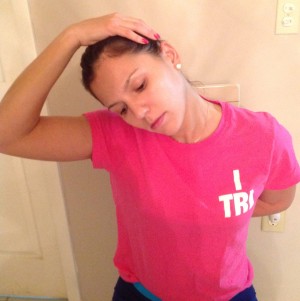
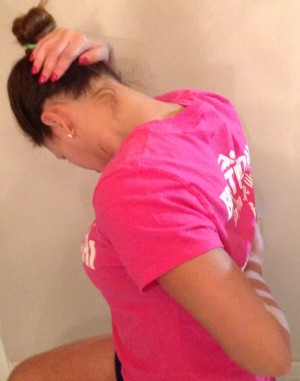
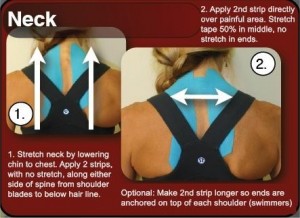
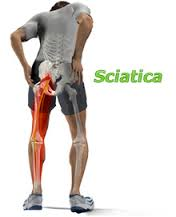
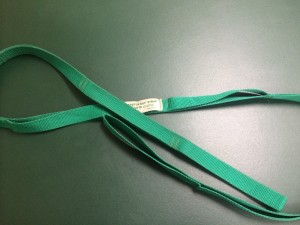
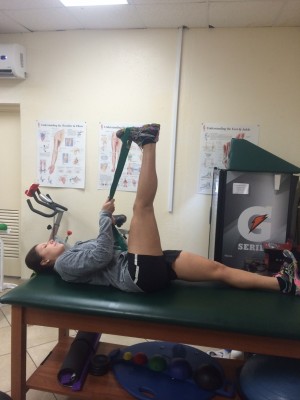
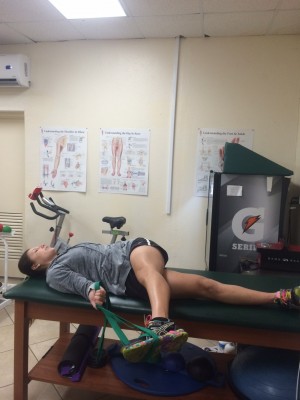
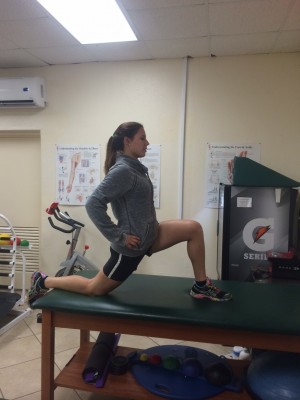
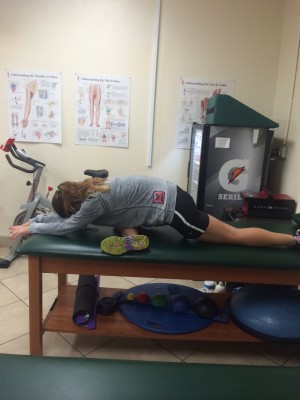
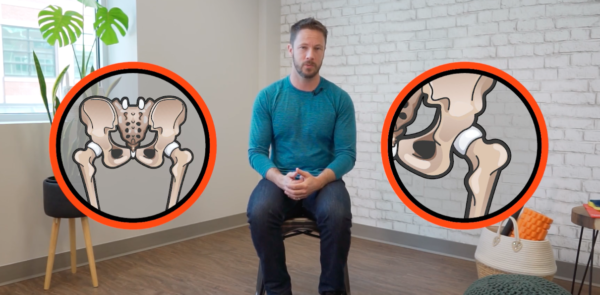
 You’ve been waking up in the morning with this intense pain on your heel and the arch of your foot, which goes away once you’ve walked around a bit. It also seems to come back whenever you’re on the downstroke while cycling. After researching your symptoms you come to the conclusion that you’re suffering from Plantar Fasciitis, but aren’t sure how to treat the condition, or prevent it from intensifying. Also, you may be wondering “what is a plantar fascia?”
You’ve been waking up in the morning with this intense pain on your heel and the arch of your foot, which goes away once you’ve walked around a bit. It also seems to come back whenever you’re on the downstroke while cycling. After researching your symptoms you come to the conclusion that you’re suffering from Plantar Fasciitis, but aren’t sure how to treat the condition, or prevent it from intensifying. Also, you may be wondering “what is a plantar fascia?”
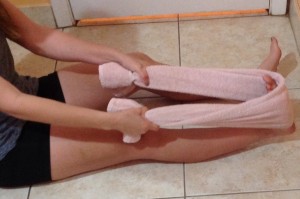
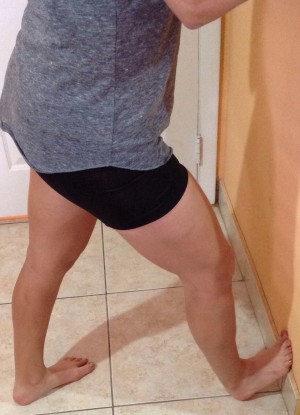
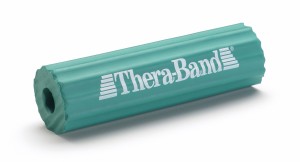
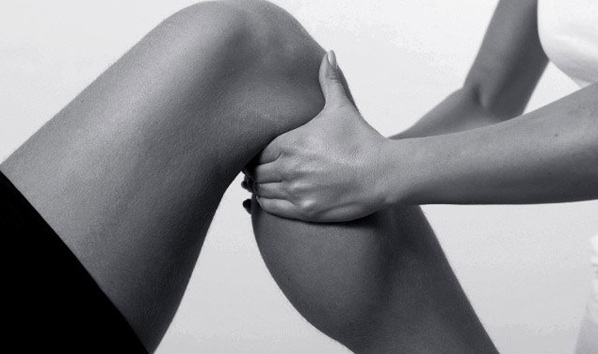
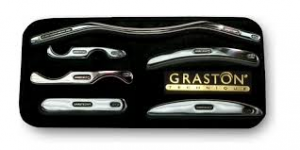
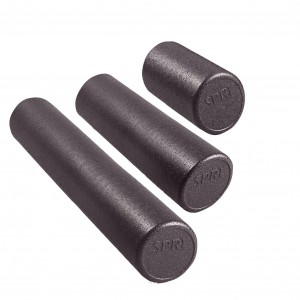
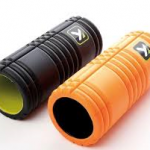
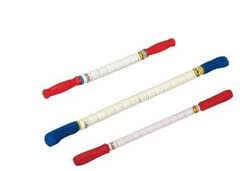
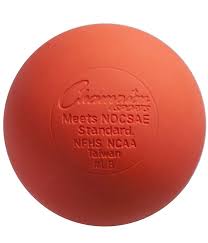
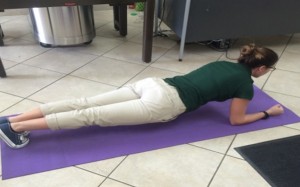
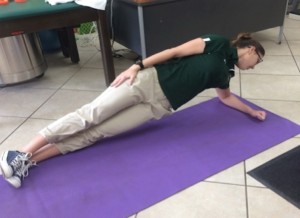
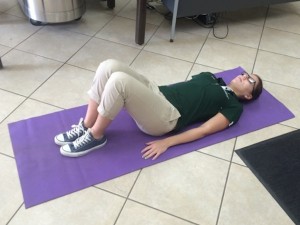
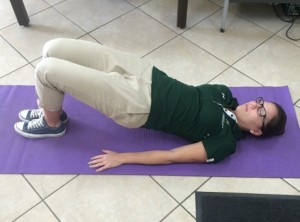
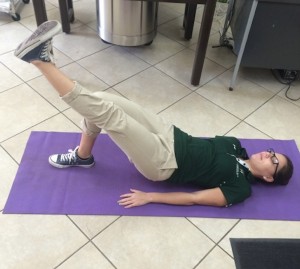
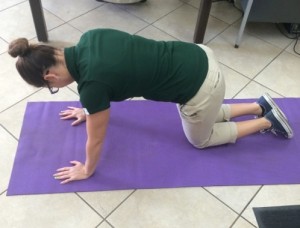
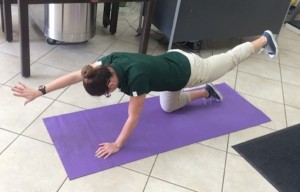
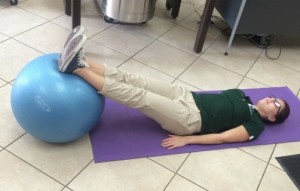
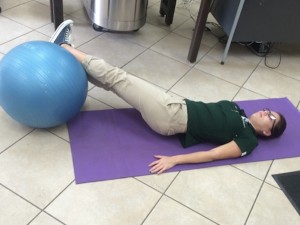
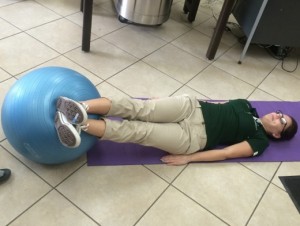
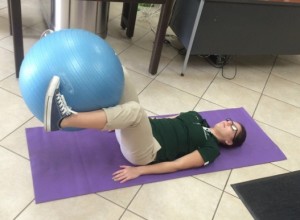
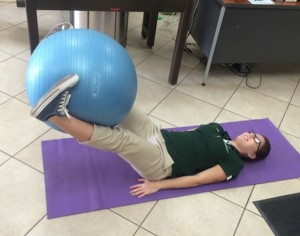
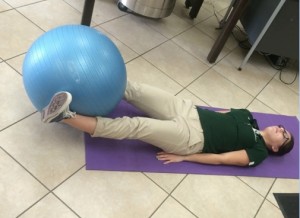
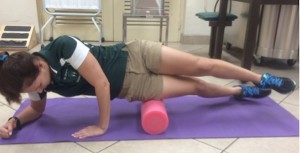
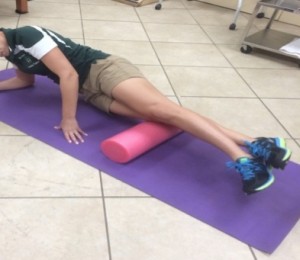
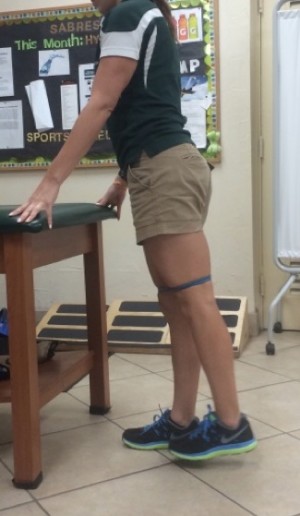
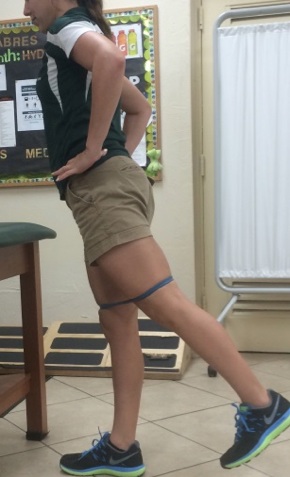
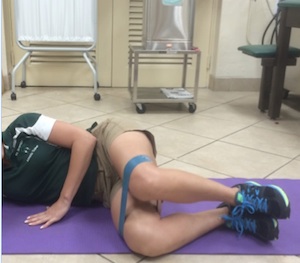
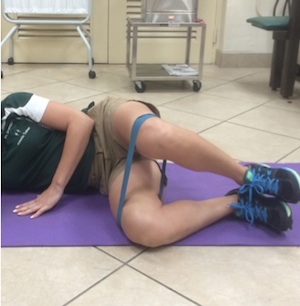
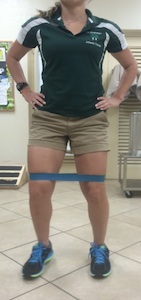
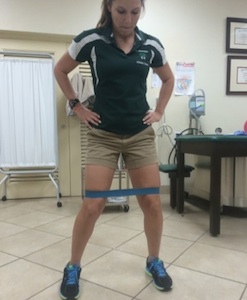
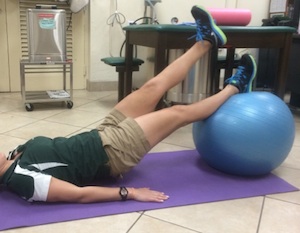
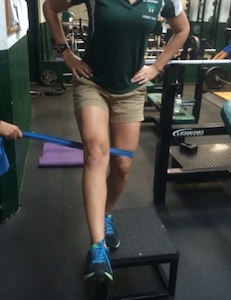
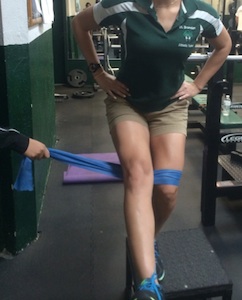
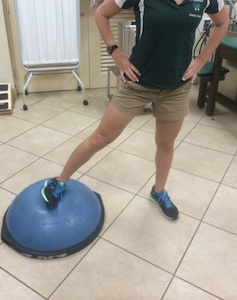
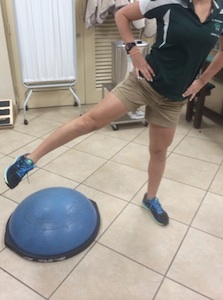
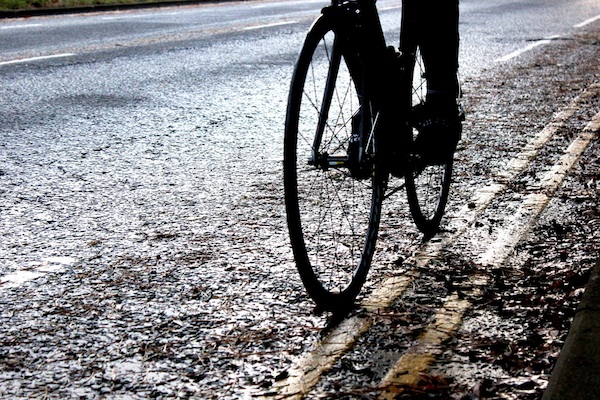 Road conditions are a huge problem with spring riding. During the winter, a ton of grit and salt gets dumped on roads to keep them grippy and snow-free, and, come spring time, all of that stuff ends up in one place – the shoulder where you want to ride. Spring is also pothole season, as water seeps into cracks in the road and freezes overnight, threatening to open up holes the size of the Grand Canyon in your favorite roads. There are a few easy things you can do to beat these obstacles and have a safe and enjoyable spring riding season.
Road conditions are a huge problem with spring riding. During the winter, a ton of grit and salt gets dumped on roads to keep them grippy and snow-free, and, come spring time, all of that stuff ends up in one place – the shoulder where you want to ride. Spring is also pothole season, as water seeps into cracks in the road and freezes overnight, threatening to open up holes the size of the Grand Canyon in your favorite roads. There are a few easy things you can do to beat these obstacles and have a safe and enjoyable spring riding season.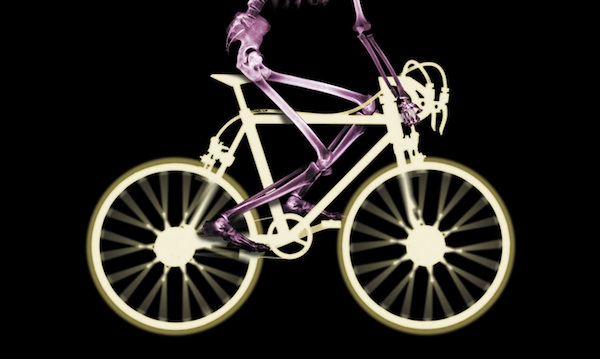 Foot pain
Foot pain